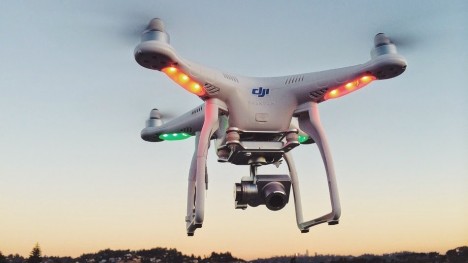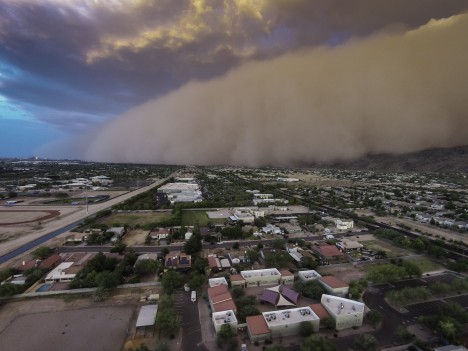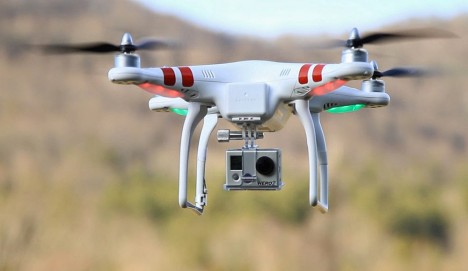
Thanks to a close call in Washington, DC, the first proverbial shots have been fired in the coming war on domestic drone with flights now restricted around the White House. No-fly zones are not exactly new, but this represents a step away from clearing airspace around airplanes and opens the door to blocking drones in other settings as well.

Built environment expert (and author of an upcoming book on domestic burglary) Geoff Manaugh suggests that “fortifying our homes against drone incursion will be the next bull market in security: whole subdivisions designed to thwart drone flights, marketed to potential homeowners specifically for that very reason.”

This could take various forms – imagine “installing perimeter defenses or some sort of jamming blanket, an electromagnetically-active geotextile disguised beneath the mulch. Complex nets and spiderweb-like antennas go on sale at Home Depot, perfect for snaring drone rotors and leading to an explosion in suburban bird deaths.”

Given the fallibility of the firmware updates DJI and other drone manufacturers are using to create no-go zones for drones it is not so much of a stretch to imagine physical infrastructure and custom security solutions designed to create additional areas of privacy and/or provide redundancy – backup systems for when the software fails to do its job.

Of course, countermeasures could fight software with software, too – consider this scenario: “You won’t just turn on a burglar alarm with your handy smartphone app; you’ll also switch on signal-jamming networks hidden in the trees or a location-scrambling geofence camouflaged as a garden gnome at the edge of your well-mown lawn. Drones, dazzled by invisible waves of unpredictable geographic information, will perform U-turns or sudden dives, even racing off to a pre-ordained security cage where they can be pulled from the air and disabled.”

